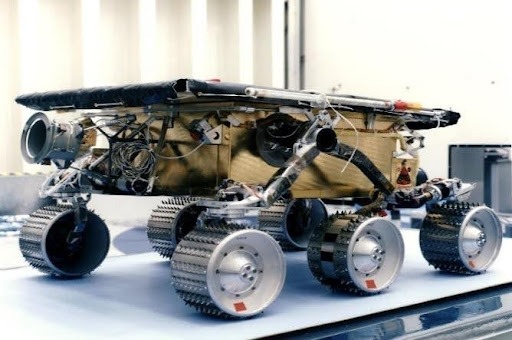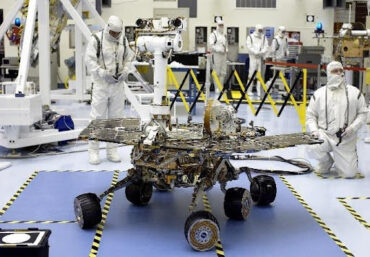The exploration of Mars stands as one of humanity’s greatest scientific endeavors, driven by our insatiable curiosity about the mysteries of the Red Planet. Over the past decades, a fleet of robotic explorers—rovers—has ventured across its dusty terrain, each mission revealing profound insights that reshape our understanding of Mars and its potential for harboring life.
Through Space India’s Space Explorers Workshop, “Rovers on mars”, Students get an understanding of why a mission to Mars is the next great step for humanity during this interactive session. They comprehend how machines helped explore Mars before people were prepared to go there. Through a highly practical exercise, students will understand how crucial it is for a mission control center on Earth and the rovers dispatched to Mars to have an extremely efficient communication network in order for the mission to be successful. They are able to comprehend how rovers are made and what they are used for on the surface.
Continuing with the topic……
Early Mars Missions: The SOJOURNER ROVER

The journey began with Sojourner, NASA’s pioneering rover launched on December 4th, 1996. Despite its small size, Sojourner made significant strides, proving that wheeled vehicles could successfully traverse Martian landscapes. Operating for 83 sols (Martian days), it captured detailed images and analyzed Martian soil, setting the stage for future missions. Fig: Sojourner Rover, Credits: NASA
Spirit and Opportunity: The Dynamic Duo


Curiosity: The Mobile Laboratory

Launched in 2011, Curiosity heralded a new era of exploration with its advanced scientific instruments. This car-sized rover has extended its mission duration multiple times, making discoveries that include ancient lakebeds and organic molecules, hinting at Mars’ potential habitability in the distant past.
Zhurong: China’s First Rover

China’s Zhurong rover, launched in 2020, ventured into Mars’ Utopia Planitia, bringing a new perspective when it comes to Martian exploration. Zhurong’s discoveries, such as underground polygonal wedges formed billions of years ago, offer insights into Mars’ climatic evolution and the possibility of past habitable conditions.
Perseverance: The Search for Signs of Life

Launched alongside Ingenuity, the first helicopter to fly on Mars, Perseverance continues NASA’s quest to uncover evidence of ancient life. Equipped with a rock-coring drill, it aims to collect samples that could one day be returned to Earth, bolstering our understanding of Mars’ geology and potential habitability.
The Future of Mars Exploration


Conclusion
Mars rovers have transcended mere exploration—they have reshaped our understanding of Mars, revealing its ancient history, dynamic geology, and potential as a habitat. Each mission builds upon the successes of its predecessors, paving the way for future endeavors. As international collaboration in space exploration grows, so too does our ability to unlock Mars’ enduring mysteries.
Through the lens of these rovers, humanity peers deeper into the cosmos, confronting profound questions about our place in the universe. As technology advances and our collective curiosity propels us forward, the mysteries of Mars will continue to captivate and inspire generations to come. Whether in the search for life or the exploration of new frontiers, Mars remains a beacon of scientific discovery and human ingenuity in the vastness of space.
—
If you like the blog, enrol your school or yourself (k-12 student) in our School Programs or Online Programs, call us at +91-74020 74020 or write to us for any query: getintouch@space-india.com

